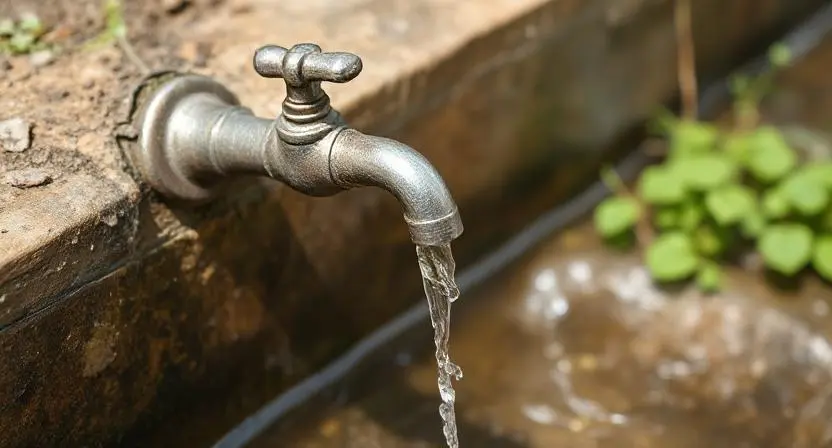
A ruuning water used to illustrate a story
Despite global progress in expanding water and sanitation services, a staggering one in four people worldwide still do not have access to safely managed drinking water, according to a new report by the World Health Organization (WHO) and the United Nations Children’s Fund (UNICEF).
The findings were presented during the ongoing World Water Week, an annual event organized by the Stockholm International Water Institute (SIWI). The forum, held from 24–28 August in Stockholm, gathers policymakers, researchers, and development partners to discuss solutions for the world’s most pressing water challenges.
This year’s theme, “Water for Climate Action,” underscores water’s role in mitigating and adapting to climate change, with calls for stronger commitments to protect vulnerable communities.
The WHO/UNICEF report, titled “Progress on Household Drinking Water and Sanitation 2000–2024: Special Focus on Inequalities,” paints a sobering picture:
While rural access to safe drinking water has improved from 50% to 60% between 2015 and 2024, urban progress has stagnated. Alarmingly, 106 million people still rely on untreated surface water, such as rivers and ponds.
The report reveals significant gender disparities in water access. In sub-Saharan Africa and parts of South and Central Asia, women and girls are primarily responsible for water collection, often spending over 30 minutes daily fetching water.
This burden not only affects their health and safety but also limits opportunities for education and economic participation. Adolescent girls face additional challenges during menstruation due to lack of safe sanitation, which can lead to school absenteeism and social exclusion.
With only five years left to achieve the Sustainable Development Goals (SDGs), experts warn that universal access to water, sanitation, and hygiene (WASH) by 2030 is “increasingly out of reach.”
“Water, sanitation and hygiene are not privileges but basic rights,”
said Ruediger Krech, acting director for environment, climate change and health at WHO.
“We must accelerate action, especially for the most marginalised communities, if we are to keep our promise to reach the SDGs.”
Similarly, Cecilia Scharp, UNICEF’s director for water, sanitation and hygiene, stressed that the lack of safe water puts children at severe risk and worsens gender inequalities.
Nigeria exemplifies the urgent challenges in water and sanitation access. Despite government interventions like the Clean Nigeria Campaign, millions remain without basic services:
According to the 2021 WASH National Outcome Routine Mapping (WASHNORM) survey, 23% of Nigerians do not have basic water supply services, and only 8% practise safe handwashing. Experts warn that without increased investment and political commitment, Nigeria is unlikely to achieve its goal of becoming open defecation-free by 2025.
Water insecurity is not just a development challenge; it is a public health emergency, an education barrier, and a gender equality issue. Lack of access to safe water and sanitation leads to disease outbreaks, stunted growth, and preventable deaths, especially among children.
As WHO and UNICEF note, closing these gaps requires accelerated investment, innovation, and strong political will to ensure no one is left behind.